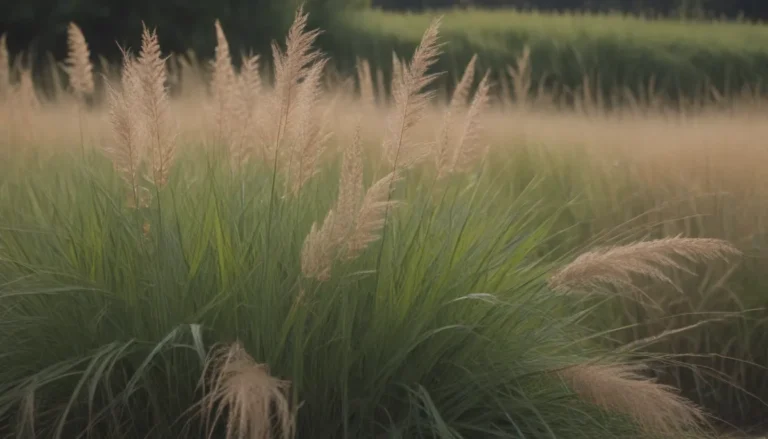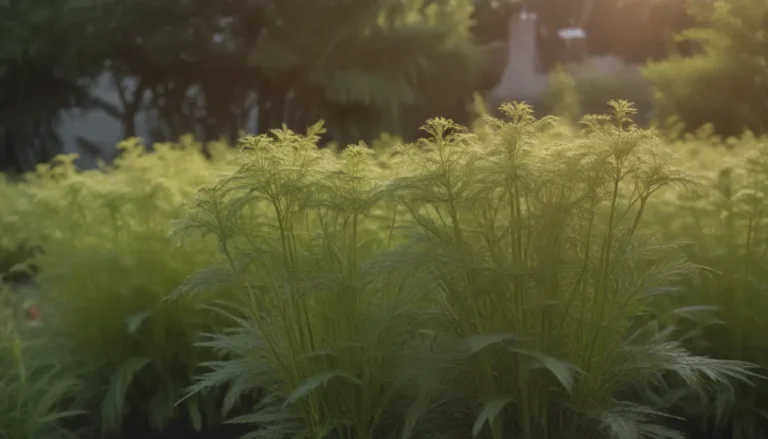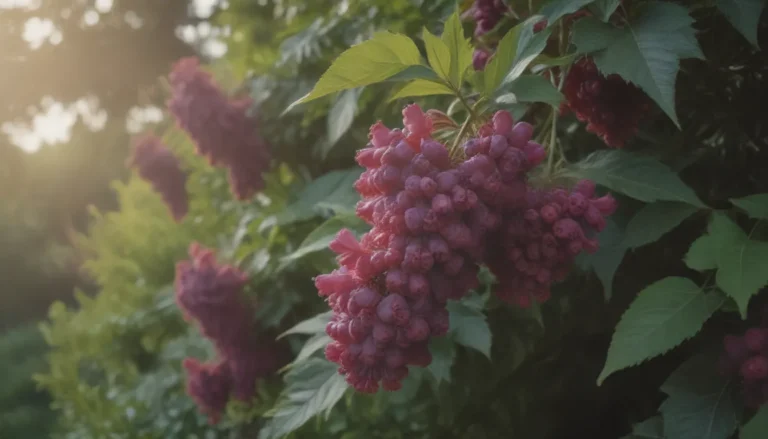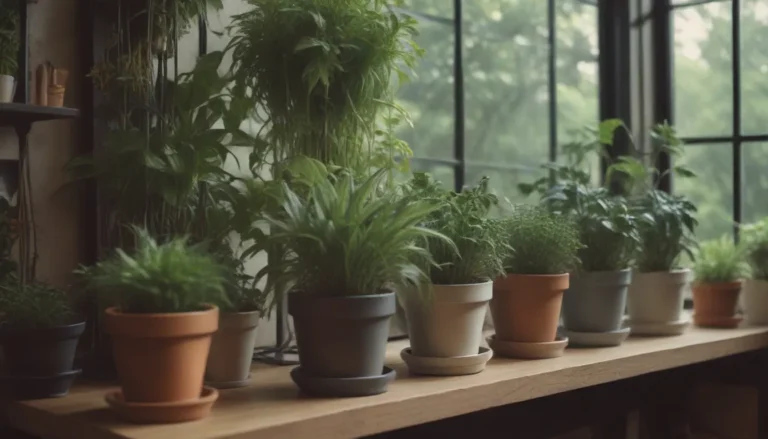Comprehensive Guide on How to Successfully Grow a Pecan Tree

Are you dreaming of having your very own pecan tree that will supply you with fresh pecans for your Thanksgiving pie in the years to come? Growing pecan trees can be a rewarding experience, but it requires some planning and care to ensure success. In this detailed guide, we will walk you through the essential steps to grow a healthy and productive pecan tree in your backyard. From choosing the right location to caring for your tree throughout its life cycle, we’ve got you covered with all the information you need to become a successful pecan tree gardener.
Why Grow a Pecan Tree?
Pecan trees are not only a beautiful addition to your landscape but also a source of delicious and nutritious nuts. While pecan trees do require some space and maintenance, the rewards they offer make the effort worthwhile. Here are a few reasons why growing a pecan tree is a great idea:
- Fresh, homegrown pecans for cooking and baking
- Beautiful foliage and shade in your backyard
- Native tree that supports the local ecosystem
- Enjoyment of watching the tree grow and thrive over the years
Getting Started: Choosing the Right Location
Before you plant a pecan tree, it’s important to find the perfect spot in your yard where the tree can thrive. Here are some key factors to consider when selecting a location for your pecan tree:
- Full sun: Pecan trees need at least 6 to 8 hours of sunlight per day to grow and produce nuts effectively.
- Soil quality: Pecan trees prefer sandy loam soil with clay subsoil that is fertile, well-drained, and able to hold water.
- Spacing: Pecan trees require cross-pollination from other pecan trees to produce a good crop, so make sure you have enough space for multiple trees.
- Room to grow: Pecan tree roots spread twice as far as the branches, so ensure the tree has ample room to establish a healthy root system.
Pecan Tree Care Essentials
Once you have chosen the right location and planted your pecan tree, it’s time to focus on proper care and maintenance to ensure its health and productivity. Here are some essential care tips for your pecan tree:
Watering
- Provide sufficient water, especially during the establishment phase and dry spells.
- Young trees need 10 to 15 gallons of water per week for the first two to three years.
- Nut-bearing trees require extensive watering during critical growth stages.
Fertilization
- Use a complete fertilizer (such as 10-10-10) based on the trunk diameter of the tree.
- Apply additional nutrients like zinc to support the tree’s growth and nut production.
- Conduct soil tests to determine the tree’s nutrient needs and adjust the fertilization accordingly.
Pruning
- Prune your pecan tree while it is dormant to remove dead, broken, or crossing branches.
- Thin out dense areas in the canopy to allow more light and air circulation.
- Maintain a balance between pruning for tree health and promoting fruit production.
Propagating Pecan Trees for Success
While it is possible to grow pecan trees from seeds, it is not recommended due to the variability in nut quality and tree characteristics. The most reliable way to propagate pecan trees is through grafting, where the rootstock is from a strong variety, and the scion is chosen for its nut quality. When purchasing a pecan tree from a nursery, make sure to check for grafting information and recommended pollinators for optimal nut production.
Dealing with Pests and Diseases
Pecan trees are susceptible to various pests and diseases that can affect their health and productivity. Common issues include fungal diseases like pecan scab, downy spot, and aphids infestation. Here are some tips for managing pests and diseases in your pecan tree:
- Plant disease-resistant pecan varieties to minimize the risk of fungal infections.
- Monitor your tree regularly for signs of pests and diseases and take timely action.
- Consider non-chemical control methods before resorting to pesticides to protect beneficial insects.
Conclusion
In conclusion, growing a pecan tree can be a fulfilling and rewarding experience if you follow the right steps and care for your tree diligently. By choosing the right location, providing adequate water and nutrients, and monitoring for pests and diseases, you can enjoy a healthy and productive pecan tree in your backyard for years to come. Remember that patience and consistent care are key to growing a successful pecan tree, so enjoy the process and watch your tree thrive with each passing season.
For more information on growing pecan trees, refer to the following sources:
Happy gardening and may your pecan tree flourish abundantly in the years ahead!





